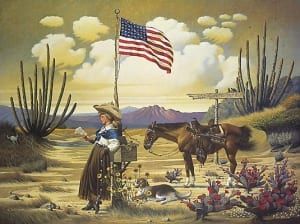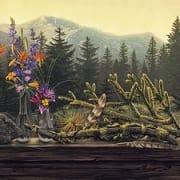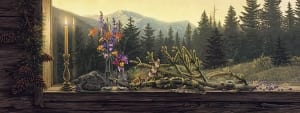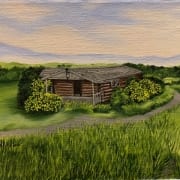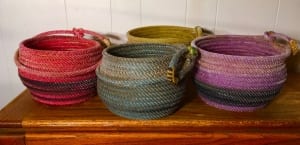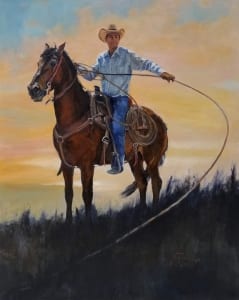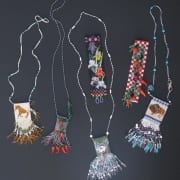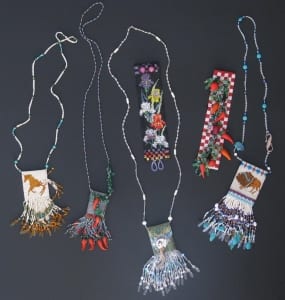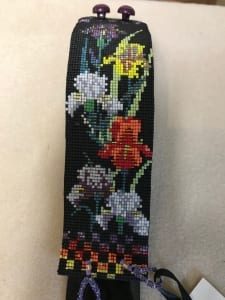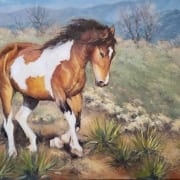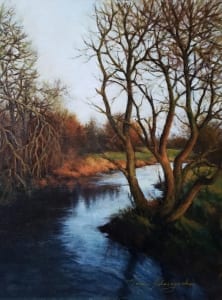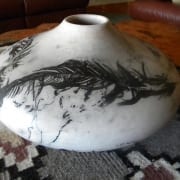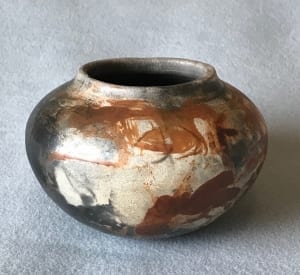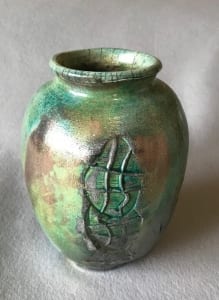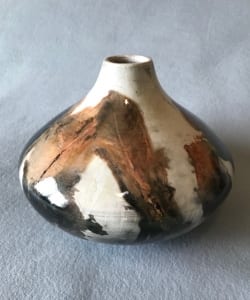Hats off to Rodeo — Western Art by Rowdy Barry

A professional bullfighter in cowboy hat makes what he does — which isn’t easy at all — look easy. Bullfighter and Bull, original pastel painting by Rowdy Barry
We like to say that someone who has a varied career doing many things wears many hats. It’s a nice visual metaphor, whether or not the person actually wears a hat.
For Rowdy Barry, it’s not just a metaphor. This Kennewick, WA, man wears many hats, the primary one being a cowboy hat, which he has worn for more than 30 years in his career as a bullfighter in professional rodeo. (For those who are not into rodeo, the U.S. bullfighter does not wave a red cape in front of the bull, a la matador; his job is to distract the bull from its rider, once the rider has been thrown.)

Barry incorporates the black space of the pastel paper into the artwork. Portrait of a Bull, print of original pastel painting by Rowdy Barry
With a career spanning such a broad length of time, Barry is one of the most recognized bullfighters in professional rodeo and has kept bull riders safe at some of the most prestigious rodeos in the U.S. and Canada, including the Wrangler National Finals Rodeo, the Dodge National Circuit Finals Rodeo, the Columbia River Circuit Finals, the Canadian Finals, the College National Finals, and the National High School Finals Rodeo.
Cowboy Hats and an Artist’s Beret
But 30 years is a long time, especially in a job that is highly dangerous and physically demanding, and Barry, while not giving up his cowboy hat as he transitions into bullfighting retirement, is adding an artist’s beret (figuratively this time) to his repertoire. Actually, he’s been wearing that one for awhile as well, and through the years his paintings of western and rodeo scenes have been featured on rodeo program covers and posters at a number of rodeos across the U.S. Much of the work he does is commissioned, such as posters for Wrangler jeans, used nationally for rodeo promotions. Another commission was for the Professional Bull Riders, involving the 20-year annual award for Trainer of the Year. He has also created artwork for more than a dozen wine labels.

The Pendleton Roundup is one of many major rodeos for which Barry, with his many hats, creates posters.
“I’ve been doing art throughout most of my life,” Barry says. “I drew a lot as a young child who was snowbound during Wyoming winters. I was a daydreamer in school and used art as a vehicle outside of the classroom.
“For 35 years, my main career was as a professional rodeo bullfighter and motion picture stuntman. But since I was a teenager I’ve owned cows as well. In 1999, my wife and I bought a 7500-acre ranch on top of the Horse Heavens near Kennewick. Then a year ago I started working for an animal health company as the Pacific Northwest sales manager and Oregon and Washington retail rep.
“So I wear many hats every day.”
Pastels on Black Paper
For years Barry’s art studio was a 14′ x 20′ log cabin, 50 feet away from his main house, but he now works out of a shared office/studio space within a newly built house. His preferred medium is pastel on black paper he acquires from France.
“I really like the control I have with pastels,” Barry explains. “I like the detail I can achieve with this medium. Some of the best compliments I receive are when people ask, ‘Is that a photo?’ or, ‘How did you get a photo to look like that?'”

Barry works with the blackness of the paper to incorporate elements of shadow, playing against light, in his artwork. Light and Shadow, pastel painting by Rowdy Barry.
The black paper, which is lightly sanded, is perfect for taking on multiple layers of pastels. It also works well in incorporating blank space within the image, nudging the viewer to use his or her imagination to fill in the dark areas.
“For instance, the viewer may not realize that there is a leg not showing, but their mind fills in the blanks. I like to incorporate this element in my works.”
Sharing the West and Western Life
Commissioned work is demanding, Barry says, because the artist creates within tight parameters of what the client wants; often, there is little freedom for the artist to draw, paint, or sculpt whatever he has in his head. For this reason, Barry is selective about which commissions he chooses, and if he doesn’t like the subject or doesn’t feel he can do justice to what the client wants, he doesn’t do it. And when he’s not doing a commission, and instead painting whatever he wants, it’s something to do with the west, usually cattle, horses, or rodeo.
“I like to share my view of the west and western life.”
Because that cowboy hat — he’s got a lot of them.
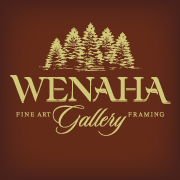 Rowdy Barry is the featured Art Event at Wenaha Gallery from August 16 through September 12, 2022.
Rowdy Barry is the featured Art Event at Wenaha Gallery from August 16 through September 12, 2022.
Contact the gallery, located at 219 East Main Street, Dayton, WA, by phone at 509.382.2124 or e-mail art@wenaha.com. Gallery hours are 9 a.m. to 5 p.m. from Monday through Friday, and by appointment. Visit the Wenaha Gallery website online at www.wenaha.com.








